#chemestry
Text
2K notes
·
View notes
Text
Controversial question:
#school#subject#school subjects#maths#mathematics#language#secondary lagnuage#foreign language#biology#geography#hystory#physics#chemestry#art#arts#nerd#tumblr poll#poll
238 notes
·
View notes
Text
Two types of people when walking into a chemistry class


74 notes
·
View notes
Text
Exploring the Marvels of Biological Macromolecules: The Molecular Machinery of Life (Part 3)
Proteins and Enzymes: Catalysts of Molecular Reactions
Proteins are the central players in macromolecular interactions. Enzymes, a specialized class of proteins, catalyze biochemical reactions with remarkable specificity. They bind to substrates, facilitate reactions, and release products, ensuring that cellular processes occur with precision.
Protein-Protein Interactions: Orchestrating Cellular Functions
Proteins often interact with other proteins to form dynamic complexes. These interactions are pivotal in processes such as signal transduction, where cascades of protein-protein interactions transmit signals within cells, regulating diverse functions such as growth, metabolism, and immune responses.
Protein-Ligand Interactions: Molecular Recognition
Proteins can also interact with small molecules called ligands. Receptor proteins, for instance, bind to ligands such as hormones, neurotransmitters, or drugs, initiating cellular responses. These interactions rely on specific binding sites and molecular recognition.
Protein-DNA Interactions: Controlling Genetic Information
Transcription factors, a class of proteins, interact with DNA to regulate gene expression. They bind to specific DNA sequences, promoting or inhibiting transcription, thereby controlling RNA and protein synthesis.
Membrane Proteins: Regulating Cellular Transport
Integral membrane proteins participate in macromolecular interactions by regulating the transport of ions and molecules across cell membranes. Transport proteins, ion channels, and pumps interact precisely to maintain cellular homeostasis.
Cooperativity and Allosteric Regulation: Fine-Tuning Cellular Processes
Cooperativity and allosteric regulation are mechanisms that modulate protein function. In cooperativity, binding one ligand to a protein influences the binding of subsequent ligands, often amplifying the response. Allosteric regulation occurs when a molecule binds to a site other than the active site, altering the protein's conformation and activity.
Interactions in Signaling Pathways: Cellular Communication
Signal transduction pathways rely on cascades of macromolecular interactions to transmit extracellular signals into cellular responses. Kinases and phosphatases, enzymes that add or remove phosphate groups, play pivotal roles in these pathways.
Protein Folding and Misfolding: Disease Implications
Proteins must fold into specific three-dimensional shapes to function correctly. Misfolded proteins can lead to Alzheimer's, Parkinson's, and prion diseases. Chaperone proteins assist in proper protein folding and prevent aggregation.
References
Voet, D., Voet, J. G., & Pratt, C. W. (2016). Fundamentals of Biochemistry: Life at the Molecular Level. Wiley.
Lehninger, A. L., Nelson, D. L., & Cox, M. M. (2017). Lehninger Principles of Biochemistry. W. H. Freeman.
Berg, J. M., Tymoczko, J. L., & Stryer, L. (2002). Biochemistry. W. H. Freeman

#science#college#biology#education#school#medicine#student#doctors#health#healthcare#proteins#molecular biology#molecular structure#chemestry#chemistry
96 notes
·
View notes
Text

Fluids / Pastel on paper / 2022 / Vukasin Delevic
#fineart#artgallery#art#artists on tumblr#vukasindelevic#contemporaryart#artgalerie#cosmos#space#chemestry#drawing
72 notes
·
View notes
Text
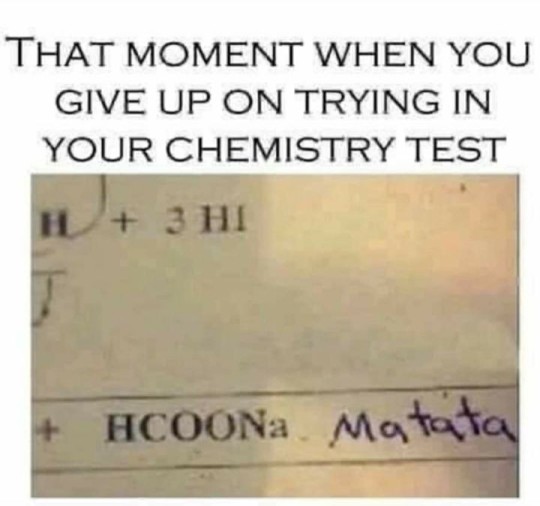
#random crap#funny#meme#funny memes#chemestry#tests#i give up#why tf does chemstry exist#hakuna matata#lion king#lol#relatable
47 notes
·
View notes
Note
Would you do particle experiments in your bedroom if there was an affordable appliance which would let you do it?
Probably not. I’m a marine biologist, not a chemist or physicist. Too much math for me.
43 notes
·
View notes
Text

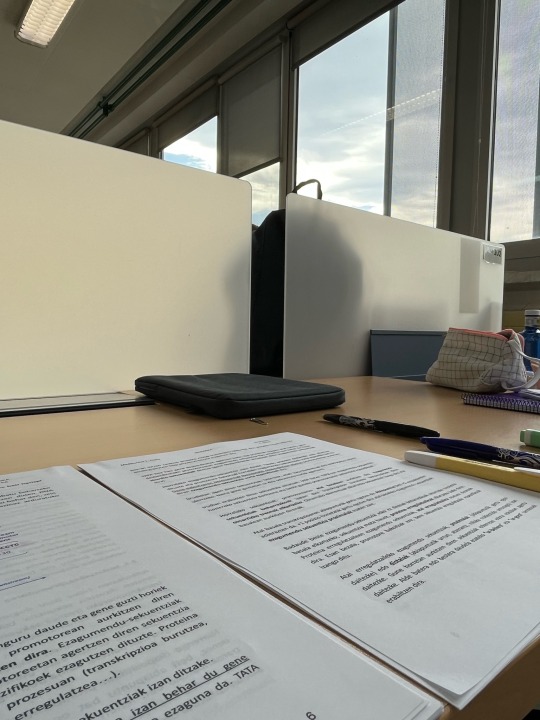
done is better than perfect
if you don't know where to even start, look for the subject requirements and use it as a guide of which topics and concepts you need to be able to recall/explain.
Don't forget to review all the exercises and exam examples you can get your hands on!
Professors are lazy, so they often reuse past exam questions ;)
#study aesthetic#studyblr#100 days of productivity#study blog#university#college#medicine#college life#biology#chemestry#study motivation#studyspo#student#study notes#study with me#motivation#that girl#dark academia#study inspiration#study inspo#study hard#study blr
243 notes
·
View notes
Text
Important Question about Cations
inspired by this post
#textpost#polls#chemestry#cats#pronounciation#linguistics#the vowels are probably all wrong#english#poll
33 notes
·
View notes
Text

Gradually falling back in love with studying 🫶
Doing organic chemistry always helps me enjoy what I study
7 notes
·
View notes
Text
Ever wished to be a wizard? Ever wanted to turn anything into anything else? Wanted to make magical concoctions that can blind your enemies, burn their insides or make them faint within seconds?
You already can.
It's called chemestry.
HOW THE FUCK DO MORE PEPOLE NOT LIKE CHEMESTRY?????
Like it's literal magic. With the right tools and ingredients you can *mold the fabric of reality* to make paint out of parfume, turn plastic bottles into anything from sugar to drugs.
Chemestry is real-life magic and you can't tell me otherwise.
12 notes
·
View notes
Text
Periodic table with particles of these same elements.
208 notes
·
View notes
Text

Jisoo and JungHaeIn ✨🤍
#blackpink jisoo#jung hae in#junghaein#지수#snowdrop kdrama#kdrama couple#celebrities#kpop#actors#actress#chemestry#smile#love#partnership#bp jisoo
11 notes
·
View notes
Text


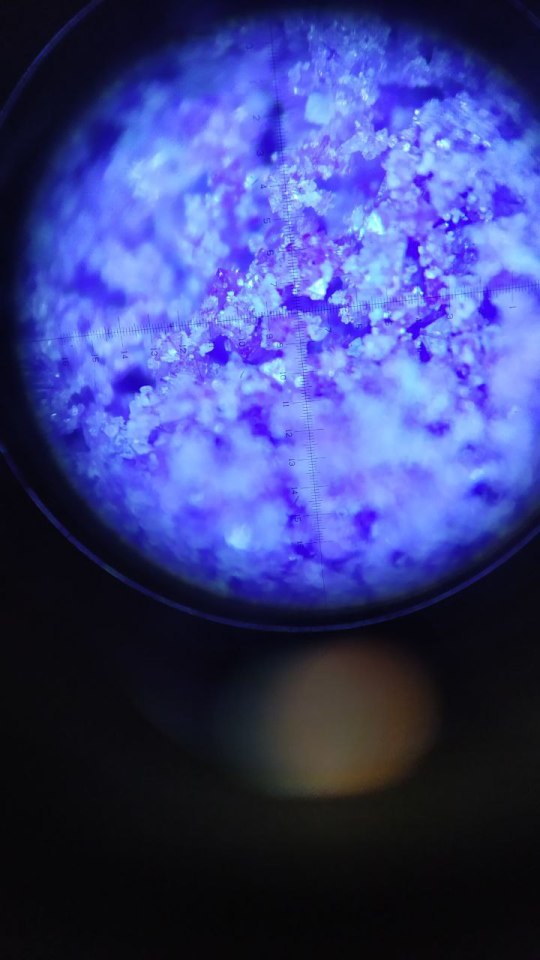
crystals of hexaamminickel chloride under a microscope, which I made in our school laboratory
Кристаллы хлорида гексаамминикеля по микроскопом, которые я сделала в летней школе ФМШ.
#фоточки#химия#эксперимент#кристаллы#кристалл#chemestry#chemistry#crystals#blue#purple#фиолетовый#синий
12 notes
·
View notes
Photo

‘HeH+’
Collage
2022
Vukasin Delevic
#art#artists on tumblr#artgallery#fineart#contemporaryart#kunstmuseum#kunstler#cosmos#chemestry#space#artgalerie
34 notes
·
View notes
Text
The Stoichiometry, our first investigation made in our chemistry class 🧪🧫📖
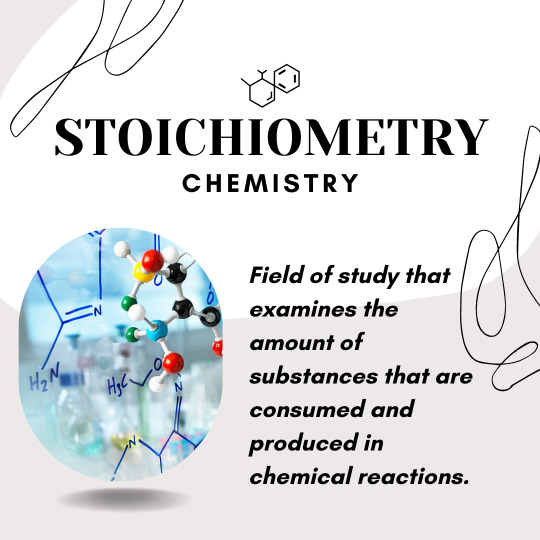
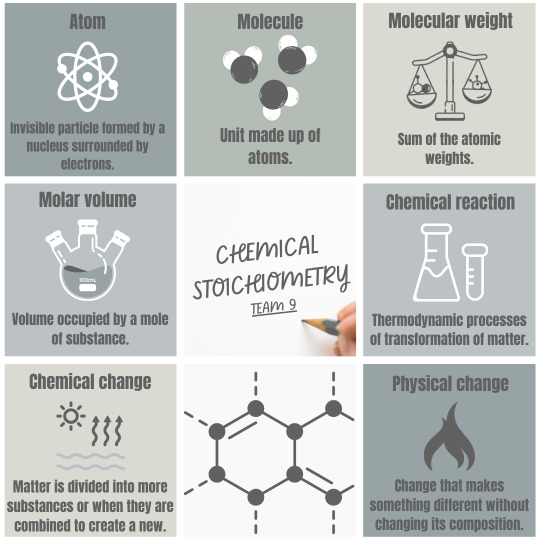
Authors: Sara, Kevin and Valeria
5 notes
·
View notes